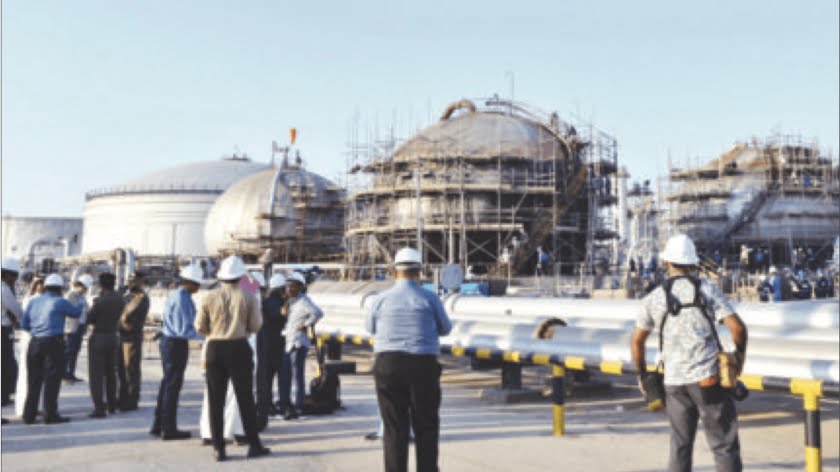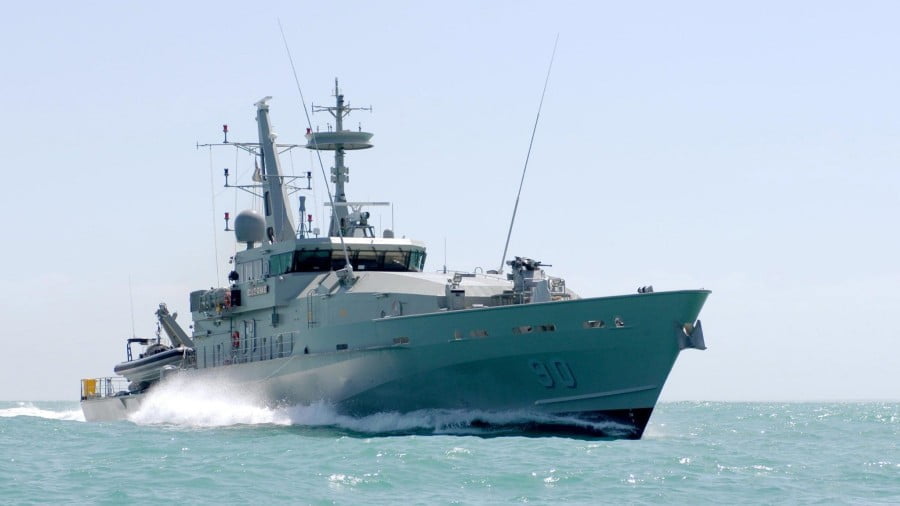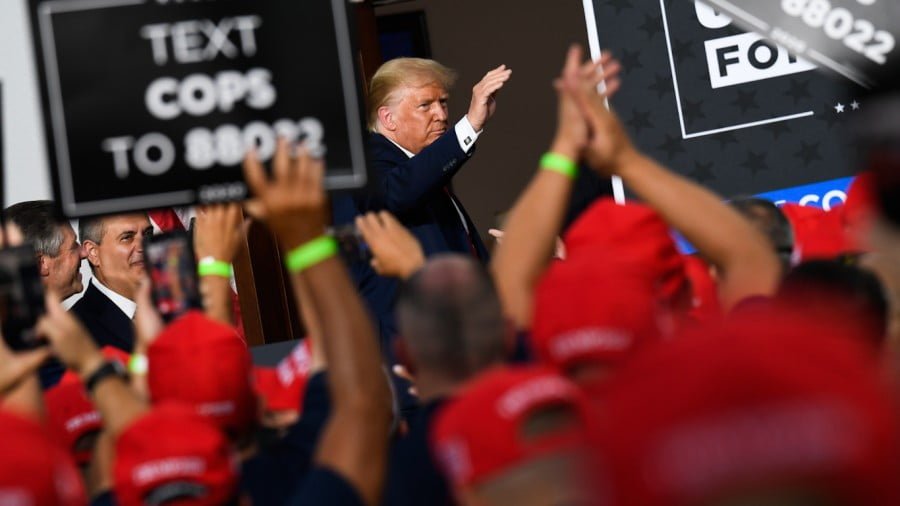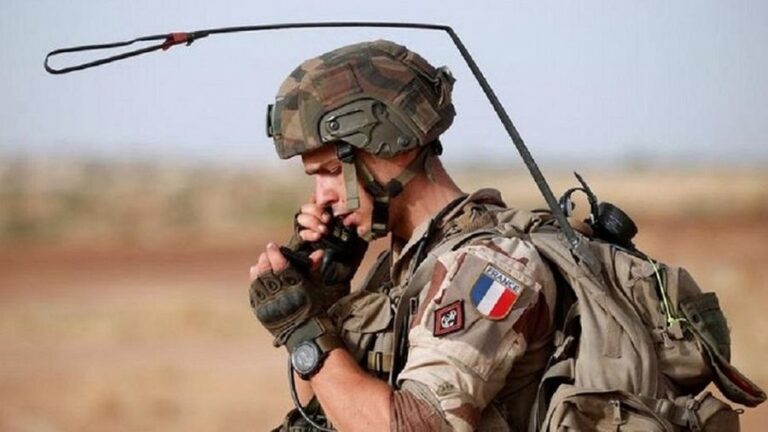What Iran and the US Offer Their Allies: Tehran’s Multiple Messages
The alternately hot and cold tension between the US and Iran is evolving on the Middle Eastern stage where Tehran is hitting its enemies (on its own and with the help of its allies) without causing the death of a single US person so far. It is targeting strategic objectives in Saudi Arabia and the Persian Gulf in response to the US unilateral sanctions that followed US withdrawal from the nuclear deal known as JCPOA (Joint Comprehensive Plan of Action). Iran aims to send multiple messages across borders to Saudi Arabia above all, and to the United States of America. Tehran is selecting, from its bank of objectives, specific targets whereby it is gradually increasing the damage and maximising the impact on its enemies.
The latest Houthi attack against Saudi Arabia’s oil facilities required months of preparation due to its multi-purpose objectives. According to a well-informed source, “Iran has been testing – via the Houthis in Yemen – the US and Saudi Arabia’s weak defensive systems to find a hole since May this year when an Aramco facility was hit for the first time. The Houthis sent many drones to different parts of the country over the past five months. This was tactical reconnaissance to test radar capabilities and the safest route for hitting crude oil exports and forcing the end of the war in Yemen. Russia is now advertising the advantages of its S-400 missile over the US Patriot missile interception system, which showed itself useless in this attack; Putin’s suggestion that the Saudis purchase the Russian system elicited chuckles from Rouhani and Zarif in Ankara.
The attack on Saudi oil sent multiple messages: it showed the strength of Iran’s partners in the Middle East, ready to offer a plausible deniability by Iran when needed. It revealed a stage for Iran to hit its enemies. It was a testing ground for new and impressive military capabilities. It delivered the message that Iran’s allies in Gaza, Lebanon and Yemen have the power to impose their own rules of engagement and undermine their enemies’ deterrence. It told the world that Iran’s oil must be allowed to be sold on the international market, and US sanctions lifted, or else crude oil exports will suffer considerably. It confirmed that Iran has the means to push the price of oil and insurance on tankers sky-high. It showed the capability of Iran’s allies in the Middle East and their readiness to face their enemies (Israel and the US) in the case of war (Hezbollah versus Israel, and Gaza against Israel) with advanced drone capabilities. It showed the faulty intelligence capabilities of the US despite the spy planes, electronic monitoring and human intelligence it spends lavishly on in the area. It humiliated the US – which maintain tens of thousands of US personnel in 54 regional military bases! These bases are mainly in Israel, Iraq, Afghanistan, Iraq, Syria, Saudi Arabia, Kuwait, Bahrein, Qatar, and the UAE where the US maintains its largest military base. This represents the largest assemblage of weapons in the world.
Iran is confirming that gathering US personnel and military war equipment in the Middle East does not necessarily demonstrate real strength and military superiority, but rather an unjustified financial burden on the host countries! This is a real problem for the countries that play host to US bases in the area. They gambled by relying on such a large US presence and military apparatus that have now revealed themselves incapable of defending themselves, the main customers and hosts – having spent hundreds of billions of dollars on US weapons and equipment.
The difference of attitude and support towards allies is enormous. Iran has managed to build a trustworthy chain of allies acting as a single body while the US bullies and humiliates its allies, most recently the Kings of Saudi Arabia and Bahrain, while blackmailing these and other Arab leaders to buy US weapons.
In Lebanon, Iran supported Hezbollah following the 1982 Israeli invasion and over the space of 18 years forced Israel out of the country under repetitive hits from the resistance. In Syria, Iran sent troops, oil, money, weapons and allies to disrupt the failed state and the overwhelming jihadists control of the Levant and succeeded where dozens of regional and international states failed in their objectives. In Palestine, Iran shared its war experience and weapons, and financed the Palestinians to support their cause and objectives. In Iraq, Iran supported the government and the popular forces to stop and defeat ISIS even when the US allowed the jihadist group to expand and spread to Syria. The US delayed shipment of the already paid for weapons to Baghdad when they were most needed. In Yemen, Iran stood next to the Houthis against Saudi Arabia, the Emirates, and dozens of other countries including the US, France, the UK and Canada, who offered weapons and intelligence. The birth of Iran’s new partner in Yemen, the Houthis, has been a painful process. Like all Iran’s partners in the Middle East, they have paid a heavy price in blood to stand on their feet and make their way. Iran has invested billions of dollars in supporting its allies.
Washington on the other hand is responding to Iran’s “aggressive” policy towards the US “maximum pressure” by further strangulation and economic pressure without looking at ways to support its allies who are under attack. It is failing to find a way to stop Iran’s sabotage on tankers and drone attacks on Saudi oil and there is apparently no prospect that it will simply lift the unlawful and unilateral harsh sanctions on Iran that are making problems for the region. Many countries perceive that the US does not have allies, only customers. These clients pay handsomely to remain in power – as long as they are not thrown out of power by their own populations, as was Egypt’s Mubarak or Tunisia’s Bin Ali – but their spending on US armaments provides no real protection. The best the US and its allies can do is to send experts- to examine the debris of the latest Houthi attack on the Saudi oil storage and facilities.
Unlike the US, Iran defends its allies and offers financial and military support to them: it shares warfare experience and technology with them so they remain well equipped and strong enough for the “collection day” when they fulfil their role. Tehran has managed to build a network of partners spread across different parts of the Middle East: from the Mediterranean to the Red Sea and Bab al Mandeb. Now it is the turn of the Yemeni partner to go through a painful labour, paying the price with blood and destruction before joining the “Axis of the Resistance”. It is already well along in the process after four years of war and tens of thousands of victims. This “Axis” has spread through Palestine, Lebanon, Syria, Iraq and Yemen. It speaks loudly its readiness to engage in a multifront war against the US and its Middle Eastern allies if ever Iran comes under attack.
In one way or another, US foreign policy and regime change plans have significantly contributed to consolidating this “Axis”, allowing Iran to take advantage of the US failure in many parts of the Middle East.
The Middle East is indeed suffering from the US-Iranian tension. It is hitting energy resources and navigation safety on tankers, and nobody can exclude an escalation that leads to an unwanted and “unplanned” war.
There will be no peace in the Middle East as long as the US illegal sanctions on Iran are in force. In fact, no peace can be reached at all as long as the US forces maintain a military presence in the Middle East, acting as a bully and an occupation force rather than a partner. There is little interest for this part of the world to retain these forces whose only contribution is to work on a sun tan and enjoy Middle Eastern food- while weakening their “business partners”. Heeding Iran’s call for the total withdrawal of US troops from the Middle East would be good for all parties but is currently most unlikely.
By Elijah J. Magnier
Source: Elijah J. Magnier








While I agree with most of what you’ve written, and have learned more details than I knew, I am reluctant to believe Iran is responsible for this Saudi attack. Iran has nothing to gain and everything to lose by drawing fire from the US, Israel, and Saudi Arabia. Because the US is acting like such a bully, it is creating more enemies for itself, not only in the Middle East, but in China, Russia, and N. Korea, not to mention Venezuela and Cuba. These countries are at the tipping point of refusing to honor US economic sanctions, and the EU may be, too. Japan and France are not convinced that Iran is responsible, according to what I’ve read.
The US has lots to fear from Iran, and rightly so, but its fears are economic, not military. The petroyuan has been introduced, and Russia and China are looking to bypass the US dollar, and as you say, Iran stands by its allies, unlike the US.
Who benefits most from this strike on Saudi Arabia? Look to the US publicly traded oil companies, the stock market and the sudden rise in US gasoline prices. Was this a false flag? The media is already assuming Iran did it. The Trump administration is hedging (but for Pompeo, former head of the CIA, who is pointing all his fingers at Iran), Saudi Arabia is hedging, and Tehran denies responsibility.
This maneuver has the stink of CIA all over it, and it looks like it was planned to justify making war on Iran.